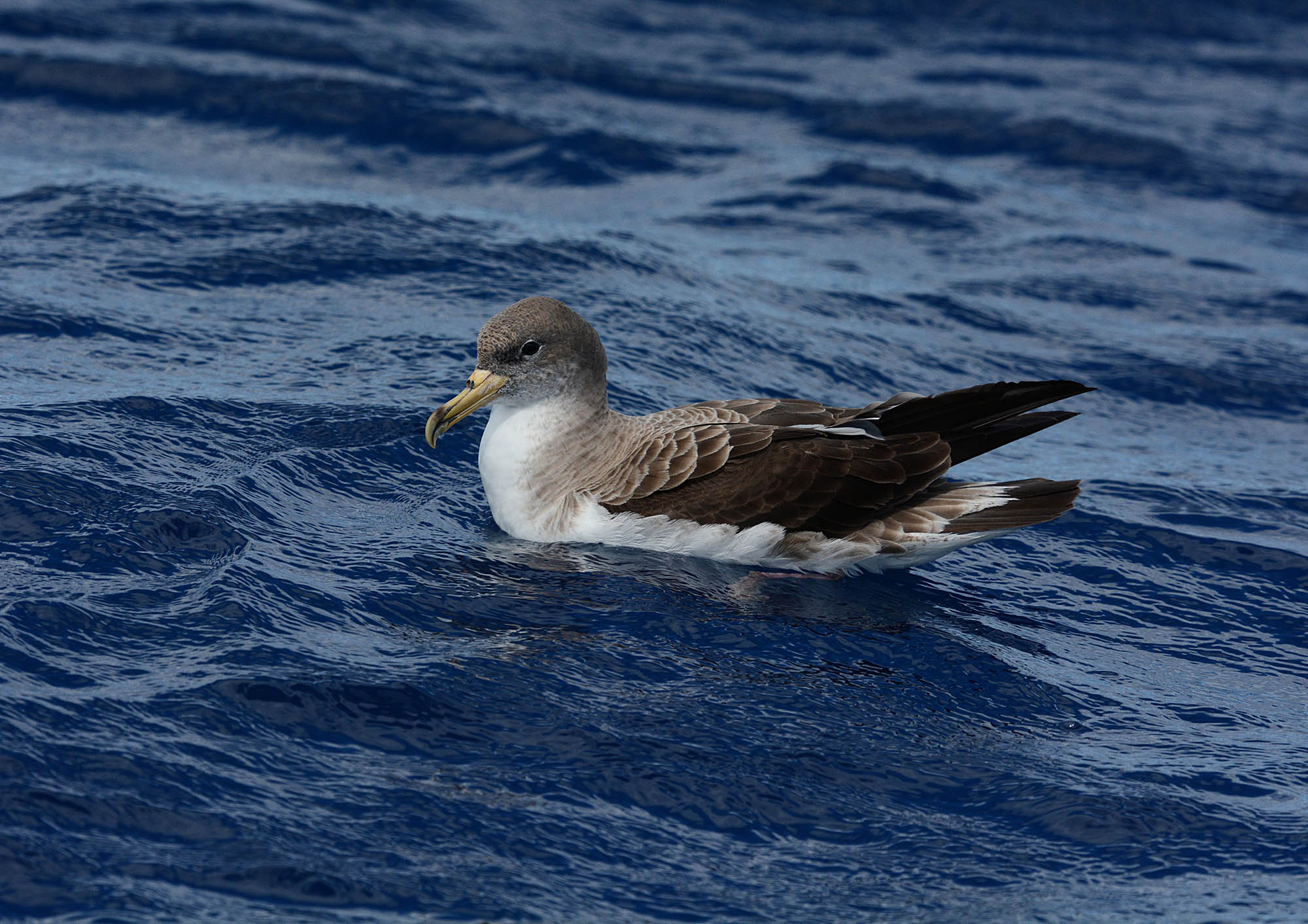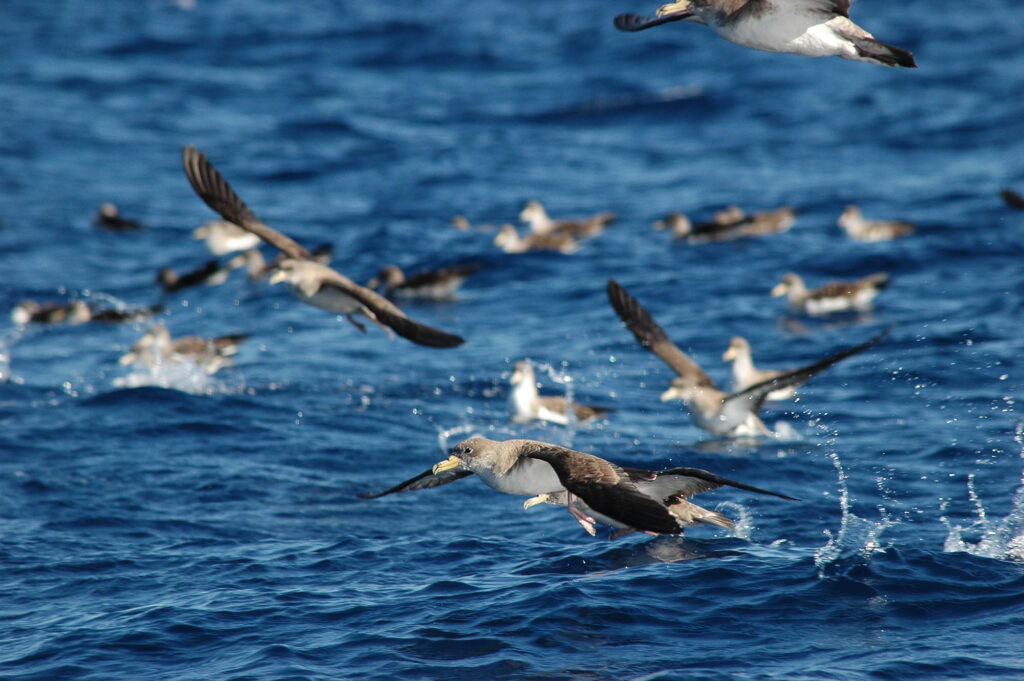What makes a seabird travel 12 kilometers while its partner is in the nest incubating the egg? Or a shearwater flying 5000 km to the North, when will it migrate to Africa?
The answer is called NACES (The North Atlantic Current and Evlanov Sea basin) and is an area of the North Atlantic that attracts millions of seabirds.
In the week in which World Environment Day (June 5) and World Oceans Day (June 8) are celebrated, the Portuguese Society for the Study of Birds (SPEA) calls on citizens to help ensure that this “restaurant favorite” of seabirds receives the necessary protection.
In the middle of the North Atlantic, between the United Kingdom, Canada and Greenland, marine currents converge, creating unique oceanographic conditions that make this area rich in fish and squid that, during the day, inhabit deep areas of the ocean (among the 200 meters and 1000 meters deep), and at night they come to the surface.
Scientists believe that it is this abundance of food that attracts seabirds. Studies in which researchers equipped birds with small devices that allow them to remotely follow their movements show that, when they are at NACES, shearwaters change their habits, starting to feed more during the night – presumably to take advantage of this abundance.
Scientists estimate that around 54 shearwaters use this area. Shearwaters from Selvagens (in the Madeira archipelago) and Berlenga use the area mainly outside the breeding season.
According to SPEA, some migrate there and stay for several months, then return to our islands to reproduce the following year. Most, however, spend only a few weeks there during the migration, before heading south.
For the many wild shearwaters, this stop involves a 5000 km detour, which clearly demonstrates the importance of the area.
The Azorean shearwaters, which are closer, also visit the NACES “restaurant” during the breeding season.

Impressively, smaller seabirds also make frequent trips to this area during the breeding season. This is the case of the black souls, Madeira nuns and howler monkeys, who leave their partners in the nest in the Madeira archipelago and go there to the North Atlantic to feed, on one of the longest incubation journeys in the world: the maximum recorded for the howler nun was 12 km!
But it's not just birds traveling to NACES. Here, they converge with whales, sharks and a huge diversity of other species.
A study by BirdLife International (of which SPEA is the Portuguese member) showed that this area is used by more than 5 million seabirds – the highest concentration of birds ever documented on the high seas.
Given its importance for biodiversity, in 2021 NACES was designated as a marine protected area under the OSPAR convention. But that protection was just on the surface – literally.
The seabed is not included in the protection of the area. A serious risk, as deep-sea ecosystems are crucial to the food web on which all species depend.
“Without adequate legal protection, there is a risk that the sea floor will be altered or destroyed by human activities such as mining, triggering chain reactions that will threaten species right up to the surface”, adds SPEA.
«If the bottom of the sea is destroyed, there is no surface protection that counts – the entire ecosystem will be affected», stresses Joana Andrade, coordinator of the Department of Marine Conservation at SPEA.
To ensure the protection of the entire NACES, from the surface to the bottom of the sea, SPEA joins the BirdLife in an appeal to citizens to sign a petition urging international authorities to extend the definition of marine protected area to include the seabed. The petition, which has already collected nearly 10 signatures, can be found at www.protectnaces.com.
NACES – The North Atlantic Current and Evlanov Sea basin: It is an important Hotspot for seabirds in the middle of the North Atlantic Ocean, discovered due to a joint effort led by Bird Life International.
For this purpose, tracking data of 21 different species, from 56 colonies in the North and South Atlantic, were crossed, which allowed the BirdLife map an area the size of France, used by more than 5 million seabirds every year.
This is what makes this area one of the most important hotspots for migratory seabirds in the Atlantic and the first discovery of seabird concentrations of this magnitude ever documented offshore.



















Comments